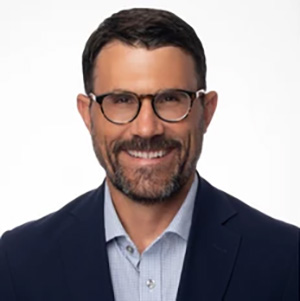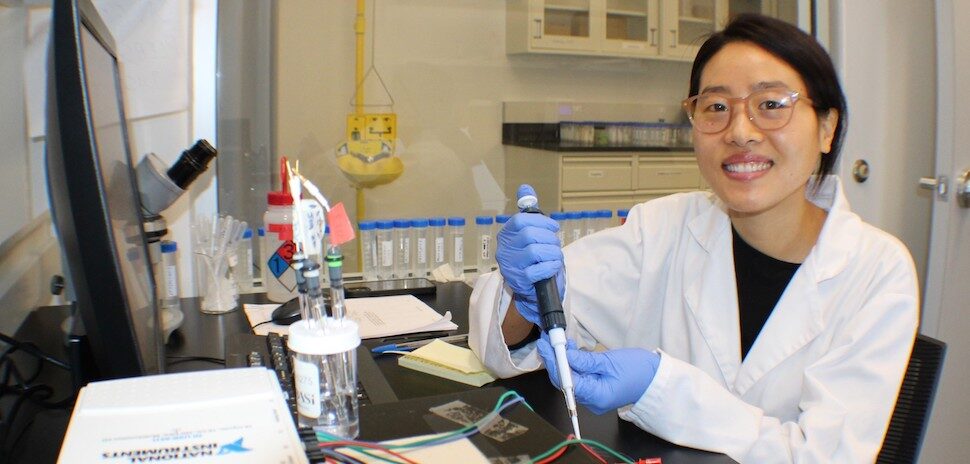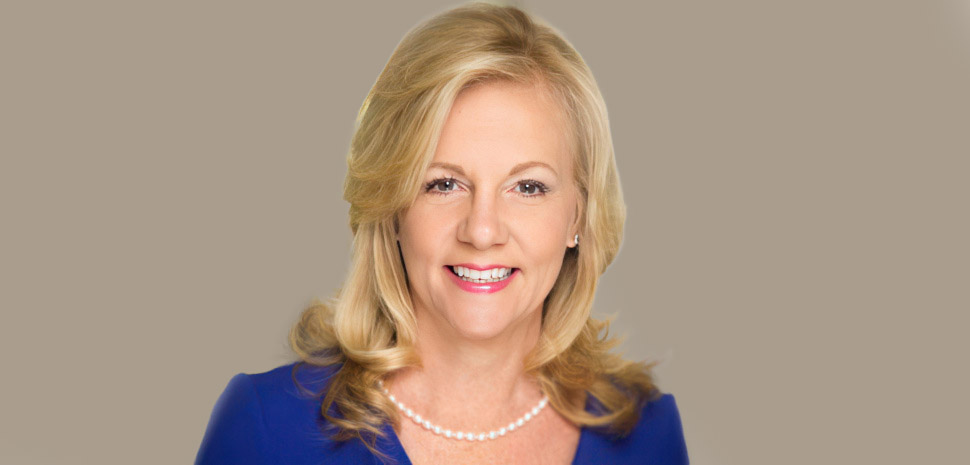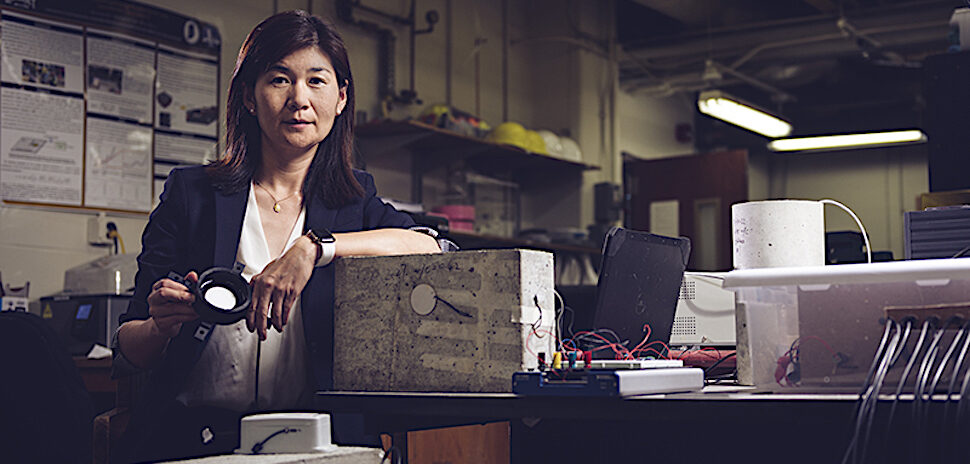Dallas-based SpotSee announced that it acquired unique temperature indicator technologies and intellectual property from Sensor International in May. SpotSee is a global leader in environmental condition monitoring solutions, and the deal represented SpotSee’s second acquisition within two weeks.

SpotSee president and CEO Tony Fonk
“SpotSee sees a tremendous opportunity with the Sensor Indicator technologies because of its low-cost, time-temperature detection capabilities that can mimic spoilage experienced in vaccine vial monitoring, pharmaceuticals and food,” SpotSee President and CEO Tony Fonk said in a statement. “We look forward to working with the Sensor Indicator team to develop and commercialize these unique technologies into real world applications.”
No financial details were released.
The company said that Sensor International has developed and patented unique and intelligent indicator technologies that can be integrated into various products, packaging, medical devices, and diagnostics, which are useful in life science, food safety and high-pressure pasteurization markets, SpotSee said.
SpotSee said the acquisition reaffirms its commitment to develop the best patient-focused life-science solutions, as well as products for food distribution monitoring.
Reducing waste in the pharmaceutical supply chain
SpotSee said that the World Health Organization (WHO) mandates that manufacturers utilize vaccine vial monitors, enabling millions of vaccines to reach rural patients throughout the globe without spoilage. With the Sensor International acquisition, SpotSee said it will continue its development of key solutions to support the distribution and monitoring of vaccine and temperature sensitive medication.
According to the IQVIA Institute for Human Data Science, 30% of cold chain products are scrapped because of cold chain issues, SpotSee said.
“SpotSee is a purpose driven company, and we are motivated to create unique technologies that help solve a global health problem,” Fonk said. “We are proud of our role to help reduce waste in the pharmaceutical supply chain. Imagine if we had 30% more medicine to reach those in need.”
Earlier this month, SpotSee acquired Marathon Products, a Northern California-based company that provides temperature data loggers and monitors for ultra-low and high temperature applications.
As a global leader in condition-indicating and monitoring solutions, SpotSee helps its customers identify changing conditions to protect life sciences and ensure supply chain integrity.
Its products enable more than 4,500 customers and partners in 62 countries to detect changes in the condition of everything from vaccines to spaceships. SpotSee’s solutions include temperature, impact, tilt, vibration, humidity, and liquid detection monitoring devices, available via visual, RFID, QR Code, cellular or satellite connection. Its products such as WarmMark, ColdMark, HemoTemp II, ThermoStrip, Thermax, BriteLine, ShockWatch, ShockLog, and TiltWatch are widely used in the life sciences, energy, transportation, aerospace, defense, food, manufacturing, and consumer products sectors.
The company operates five facilities in Texas, Illinois, Mexico, and the United Kingdom.
![]()
Get on the list.
Dallas Innovates, every day.
Sign up to keep your eye on what’s new and next in Dallas-Fort Worth, every day.

































































